NEW REPORT: Innovative Strategies to Reduce the Costs of Effective Wildlife Overpasses
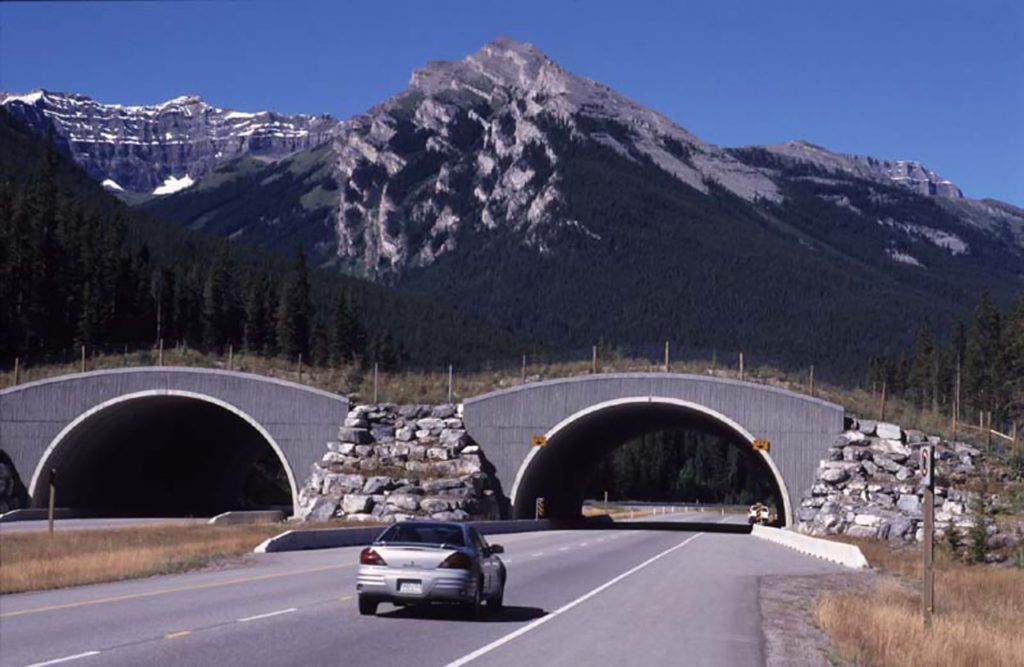
The U.S. Forest Service has released a new report authored by wildlife crossing experts from WTI, ARC Solutions, and other partner research organizations, which compiles key guidance information that may lead to the installation of more wildlife crossing structures. Wildlife crossing structures are one of the most effective means of reducing animal-vehicle collisions on highways, […]
ARC Solutions Presents Former WTI Director with a Lifetime Road Ecology Leadership Award
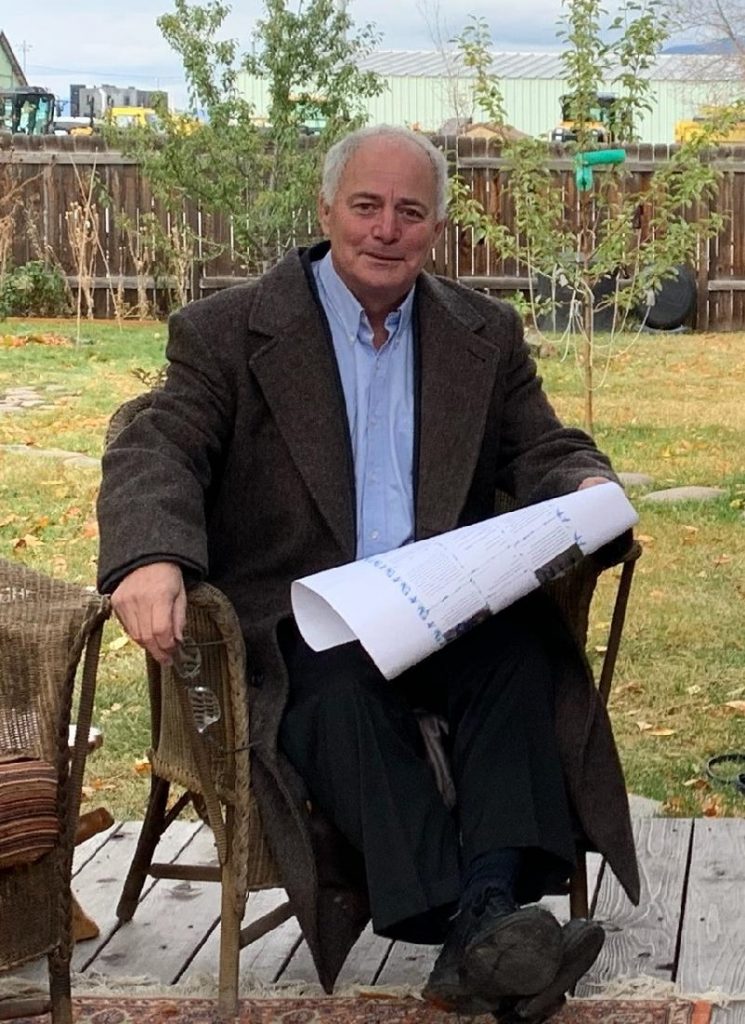
On October 20, ARC Solutions presented former WTI Director Steve Albert with a Lifetime Road Ecology Leadership Award in recognition of his enduring legacy in making our nation’s roads safer for both people and wildlife.A not-for-profit network working to promote leading-edge solutions to improve human safety, wildlife mobility and landscape connectivity, ARC celebrated Steve’s leadership, […]
Time for Kids Introduces Wildlife Crossings to Young Students
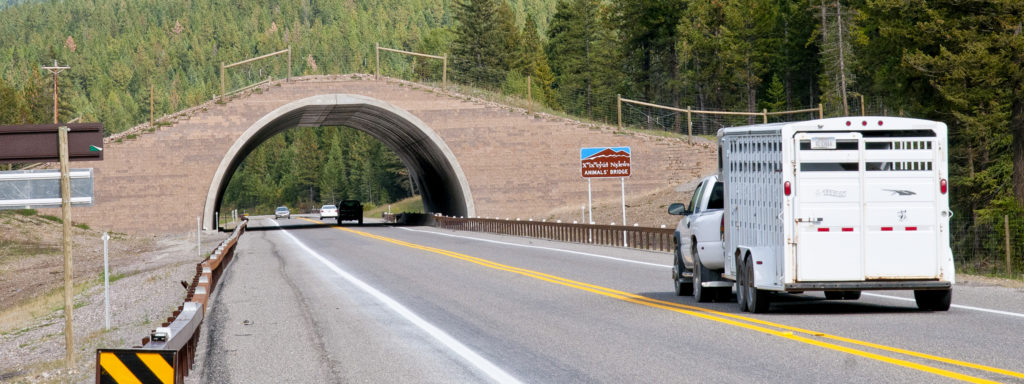
WTI Road Ecologist Rob Ament is featured in a recent issue of Time Magazine for Kids. A feature article called “Safe Travels” describes the large number of animals that are killed in roadway collisions each year, and how wildlife crossing structures work to protect animals as they move across their habitats. Rob discusses successful designs […]
Watch Our Road Ecologists in Action!
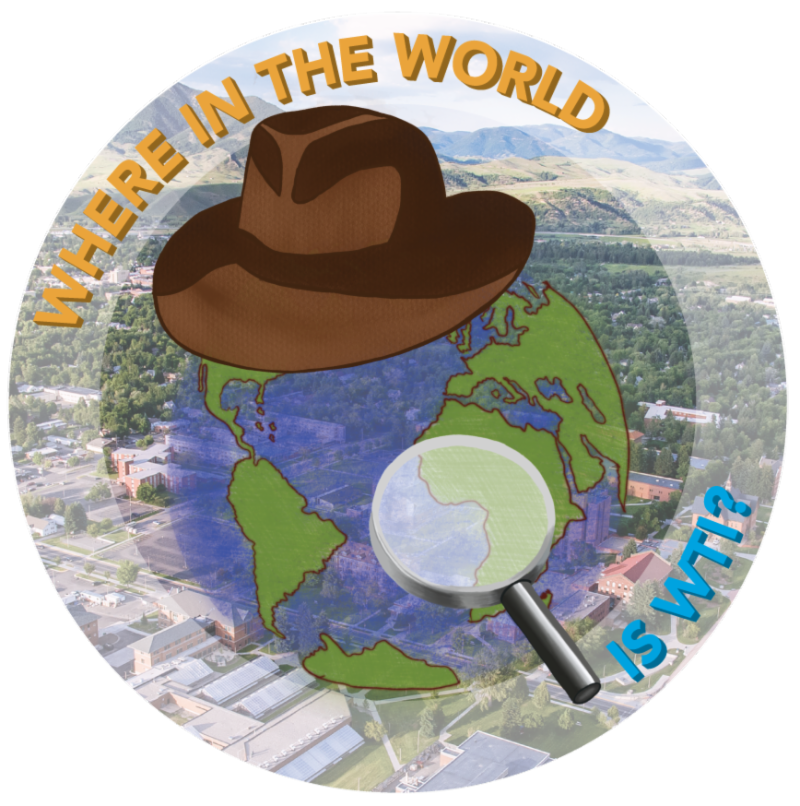
Conservation groups – including the National Wildlife Federation, Save L.A. Cougars, and ARC (Animal Road Crossings) – marked Wildlife Crossings Week (May 4 – 8) by hosting a series of webinars on current efforts around the world to enhance habitat connectivity. Road Ecology Program Manager Rob Ament led a session on “Improving Ecological Connectivity: the […]
Project News: California Site Selected for First FRP Wildlife Crossing in North America
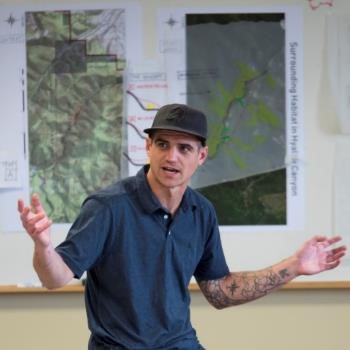
WTI Researchers are collaborating on a research project to develop, implement and evaluate a wildlife crossing structure made of Fiber-reinforced polymers (FRPs), a strong but lightweight composite material that could significantly reduce the construction and maintenance costs of wildlife overpasses and associated infrastructure elements. In recent project news, an FRP wildlife crossing will be designed […]
High Country News Interviews WTI Road Ecologist
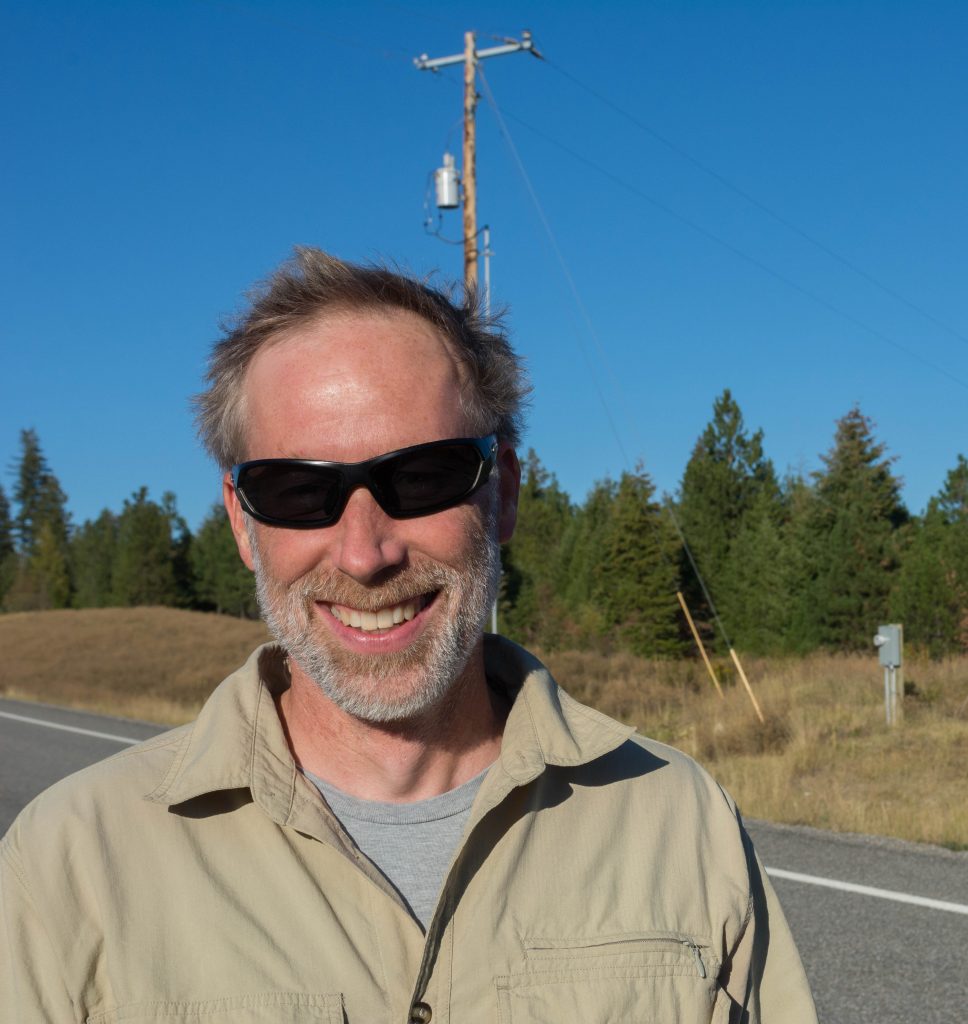
The Idaho Transportation Department is currently considering wildlife crossing structures for a segment of U.S. 20 near Island Park. High Country News recently published an extensive feature article exploring both support and opposition to this proposal: “When wildlife safety turns into fierce political debate.” WTI Road Ecologist Marcel Huijser was interviewed for the article, discussing […]
Washington Post Interviews WTI Road Ecologist
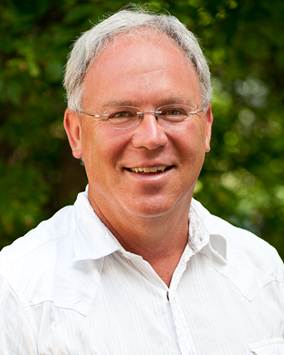
One of the country’s leading newspapers consulted a WTI researcher and several of our road ecology publications for a national feature story on wildlife crossings. “Retrofitting busy highways to let wildlife travel safely, too” explored national and state initiatives to identify wildlife corridors and enhance crossing structures such as underpasses and overpasses. The Post interviewed […]
Ament Interviewed on Wildlife Crossing Structures in Wyoming
The Jackson Hole News and Guide has published “Bridging a future for wildlife,” a feature article on proposed wildlife crossings structures for Wyoming highways. In the article, WTI Road Ecology Program Manager Rob Ament discusses how crossing structures can be highly effective in reducing collisions between vehicles and large mammals, especially if the locations are […]
Research Update – Are Wyoming Deer and Antelope Using Existing Underpasses to Cross Highways?
WTI is conducting a research on behalf of the Wyoming Game and Fish Department (WGFD) and the Wyoming Department of Transportation (WYDOT) to explore mitigation options for reducing wildlife vehicle collisions along Interstate 25 in central Wyoming. WYDOT and WGFD would like to explore the possibility of funneling large mammals, particularly mule deer and pronghorn, […]
New Publication: How do wildlife fencing and crossing structures affect small mammals?
While wildlife fencing and crossing structures have been shown to reduce the effect of roads on medium and large animals, less is known about how these structures affect the movements of small mammals. The Canadian Journal of Zoology has published “Factors affecting the permeability of road mitigation measures to the movement of small mammals,” an […]
